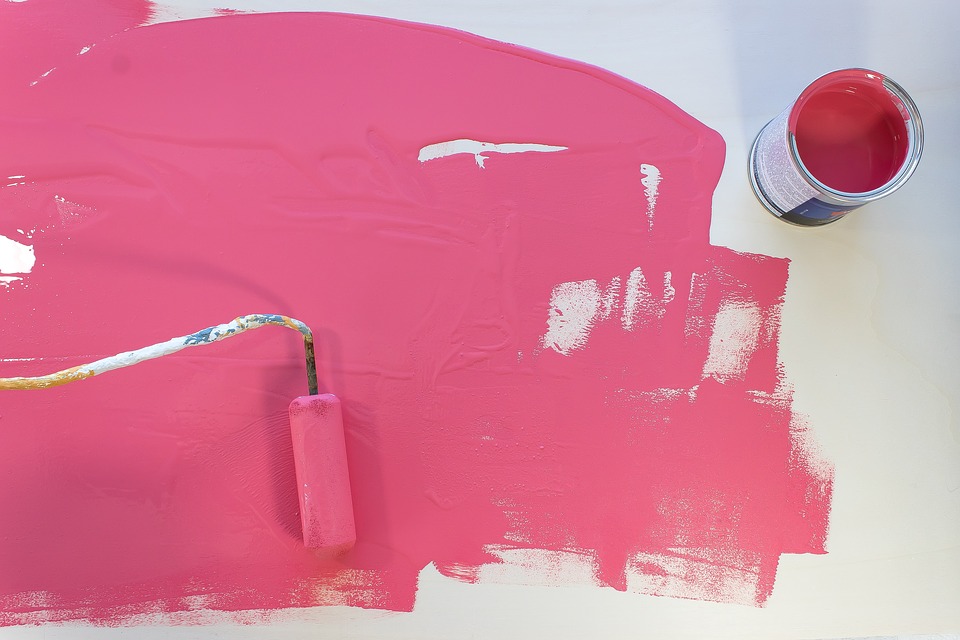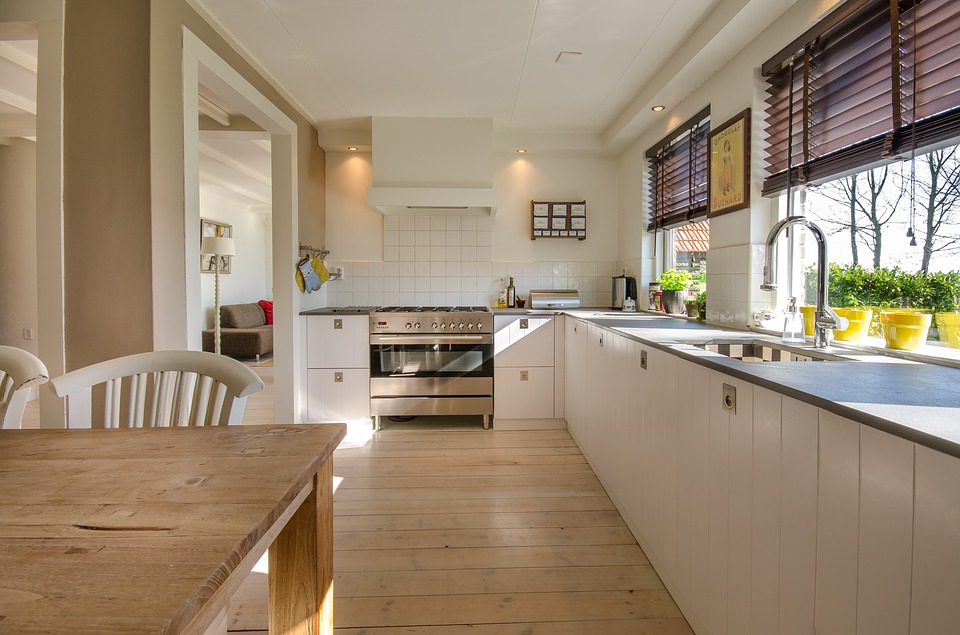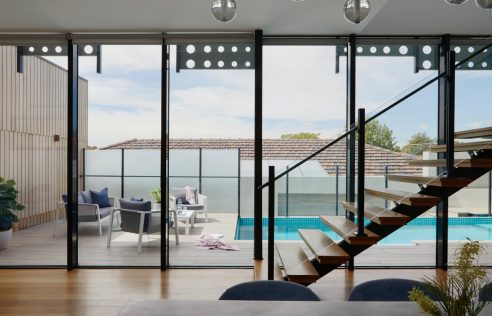Plexiglas, known by its scientific name as a polymethyl methacrylate, is a solid, transparent plastic material used as safety glass and in the manufacture of various objects. This material is classified as a thermoplastic, that is a plastic material that can be deformed and shaped under the influence of heat. It was invented by the German chemist Otto Röhm in 1907. The name “Plexiglas” was certified in Germany in 1933. At first, it was used in periscope lenses in submarines during the Second World War. After the war, it was used in the manufacture of crew helmets to go into space, and it is also used in the medical field. Since 1960, it has been part of the art and decoration industry.
The advantages of Plexiglas
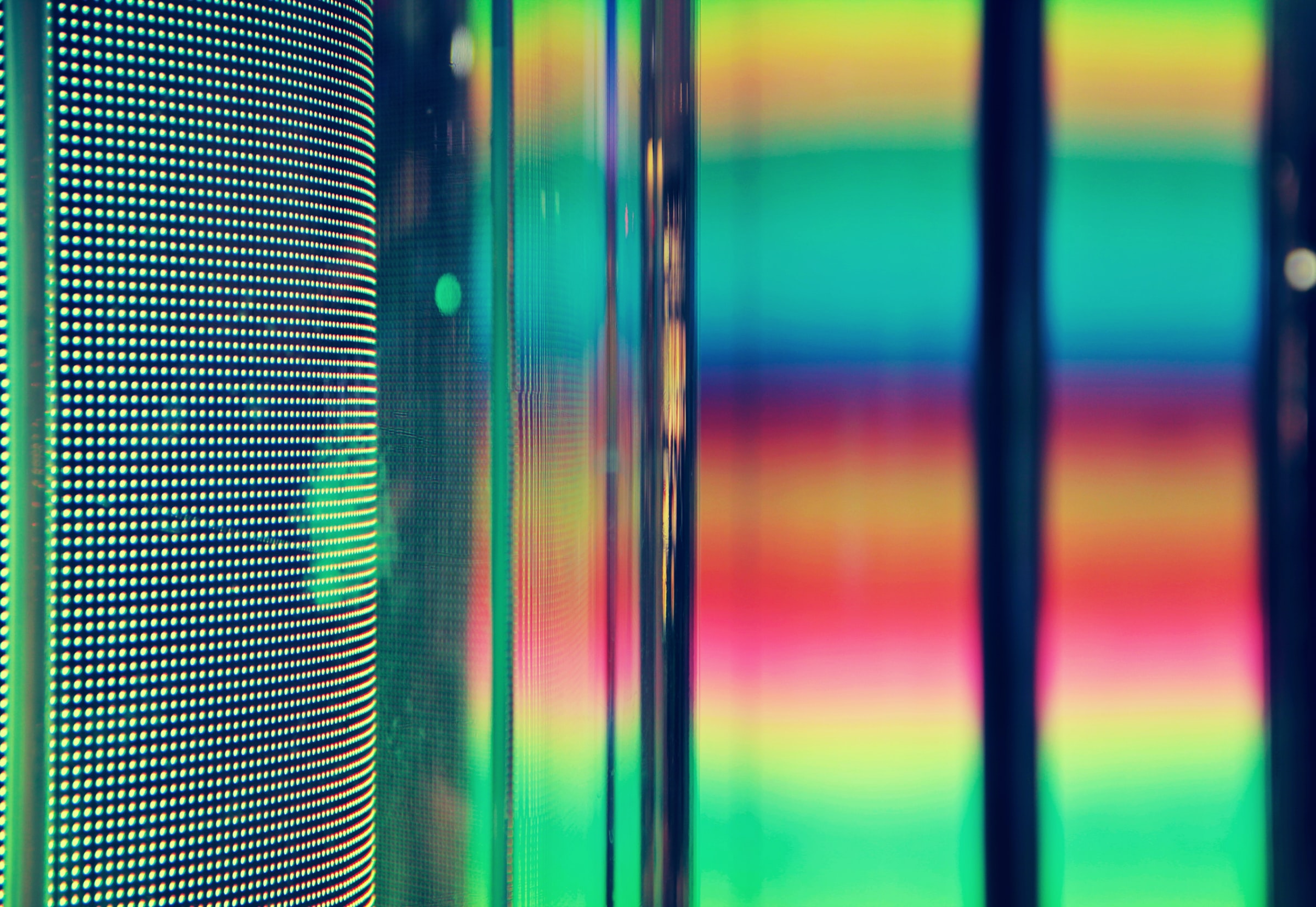
Plexiglas can be used in many different ways because it is thermoplastic. Indeed, it is easy to handle and light. It can be transformed into different shapes, customized as desired, painted, cut, or drilled without risk of breakage. It has a certain resemblance with glass, except that Plexiglas does not break easily. It is more resistant to shocks and is more complex than glass. Therefore, it is often used in construction and furniture. In addition, it is an excellent thermal and sound insulator, which is also good at insulating against electricity.
One of its significant advantages is its ability to withstand UV and other rays while allowing 92% of light to pass through. It is ideal for both indoor and outdoor use. In the home, for example, it can perfectly replace glass surfaces such as windows, skylights, or any building element made of glass. Outside, Plexiglas structures (fences, greenhouses, pool covers, etc.) are in perfect harmony with the surrounding environment. It can also be used as the primary material for the construction of an aquarium or an enclosure. This kind of artificial habitat can be seen in zoos or water parks.
The disadvantages of Plexiglas
Plexiglas is easily scratched and sensitive to dirt despite its advantages over glass. It is, therefore, necessary to clean it regularly with a non-alcoholic solution. It is also possible to remove scratches with a thermal stripper. Although Plexiglas is an excellent substitute for glass, it is not suitable for long-term use. Nevertheless, it is more expensive than unworked glass. Since Plexiglas is plastic, it has a negative impact on the environment and cannot be recycled.
Cleaning Plexiglas
Rub the Plexiglas with a soft cloth, rinse and dry with another soft cloth. Warm water mixed with a few drops of dishwashing liquid is sufficient. However, avoid alcoholic substances, paper towels, and scouring sponges.
What are the different ways to use Plexiglas at home?
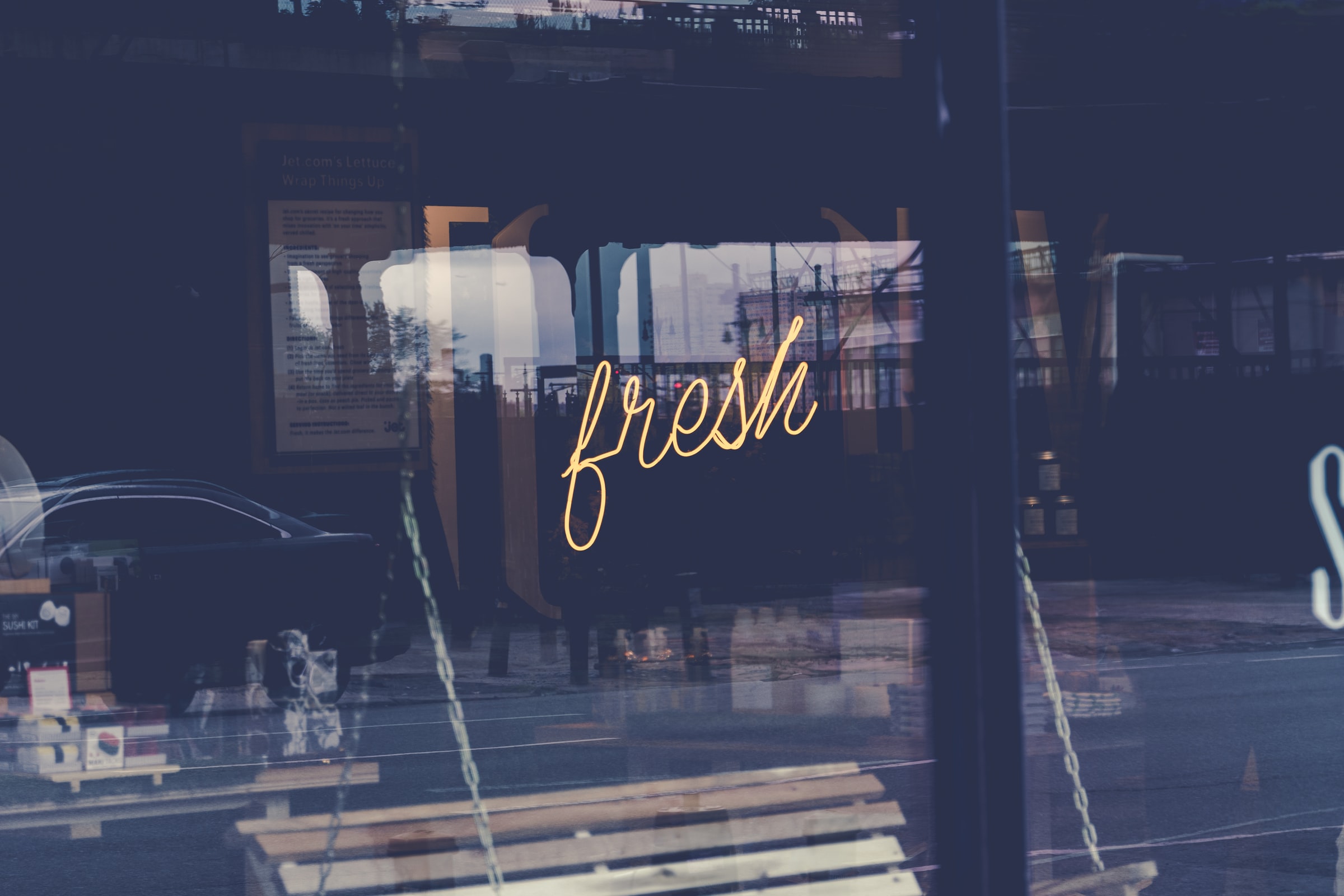
People often think that Plexiglas refers only to car windows. However, this is not the case. Outside, it can be used as a barrier, in verandas, as a greenhouse, a glass roof (in the short term), or as a pool cover. Inside your home, Plexiglas can be used as a decorative element. It allows to better arrange an interior space. It can be used to design drawers, shelves, and chests. Opt for Plexiglas furniture to have an original living room or dining room. Plexiglas sculptures are also very common, as well as aquariums.
Plexiglas is a very versatile material that can be the perfect addition to your home and will make your home pop out when compared to the other homes in your neighborhood. They are the perfect addition to your home and are the ideal way to up the aesthetics of your home without necessarily breaking the bank. Sound off in the comments section below and tell us if you want to learn more about Plexiglas.
